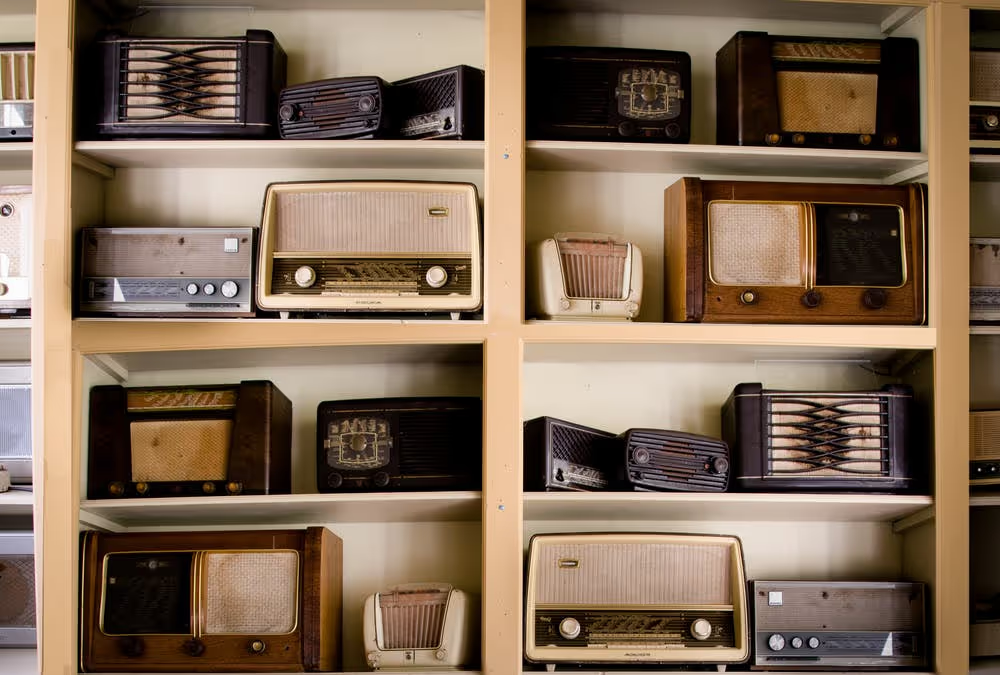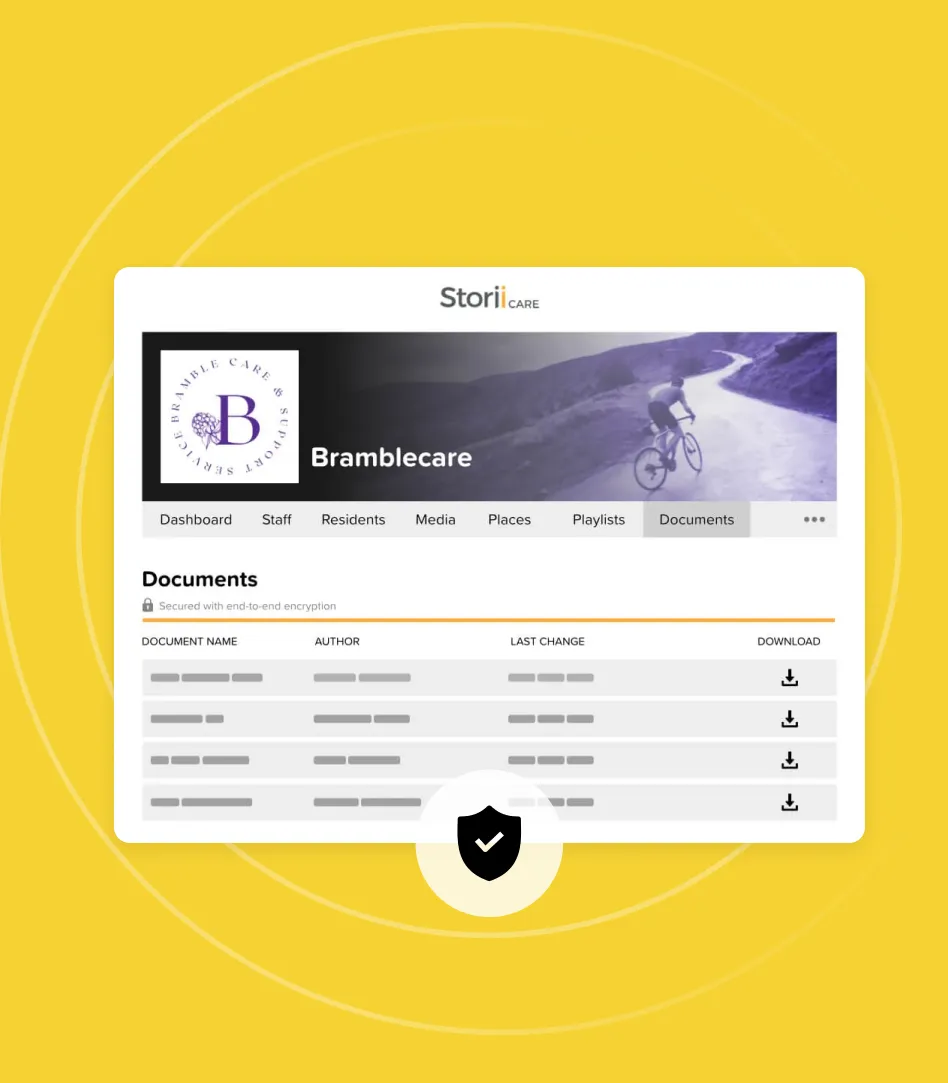Reminiscence Ideas for Senior Care Providers
In senior care (especially in the dementia care world), reminiscence has been a recent buzzword. What is a reminiscence tool? Well, many communities facilitate what is called Reminiscence Therapy. Reminiscence tools support this type of therapeutic activity. Essentially, this is a designated time to recall memories of the past. Some of the effects and benefits of reminiscence therapy for the elderly have been:
- Gaining confidence in social situations
- Improved interpersonal skills
- Cognitive stimulation
- Connecting to one’s identity/an improved sense of self
- Improved mood from reflecting on happy memories
What does it look like to ‘reminisce’?
This type of therapeutic exercise can take place casually, one-on-one or in more formal group-settings. A facilitator usually has topics or stories in mind. For example, an art museum might theme a reminiscence session around a certain historical event. Such as, the moon landing or a childhood pastime like sporting events. Then, they will use props like photos, paintings, videos, objects, music, or audio recordings to spark memories and start conversations. What does someone think about when they smell popcorn and hear the crack of a baseball hitting a bat? What memories are conjured by wacthing footage of Neil Armstrong bouncing on the moon?
Reminiscing with your loved one
Reminiscence sessions are something you can easily do with a loved one. Here are some tips:
- Find a low-stimulation environment that is relatively quiet with few distractions.
- Actively listen and be present.
- Use props as outlined above.
- Don’t rush. Let them take their time answering questions or trying to remember.
- Don’t force it. If a memory isn’t coming, accept it and move on. You don’t want to make them feel bad or frustrated. If they’re not feeling up for reminiscing anymore, happily suggest something else.
3 Overlooked Reminiscence Tools
These are reminiscence tools you probably already have access to! Use these to inspire your reminiscence sessions. Enjoy creating a nostalgic experience for your loved one to reflect upon.
- Google Street View: Is your loved one is confined to a wheelchair or unable to leave their care home? You can transport them just about anywhere with Google Street View. StoriiCare has an integration with this. As a result, care staff and family members can save significant locations to an individual’s personal profile. Look up homes they lived in, schools they went to, or places they vacationed. Virtually wander around parks they frequented, concert halls they danced at and offices they worked in. You can take a digital stroll down memory lane. Certainly, you can create an a fuller sensory experience. For eample, try playing music associated with a time or place you’re revisiting.
- The National Archives: You can search the National Archives’ website for an immersive experience. First, search for a decade like the 1950s, or a historical figure like Martin Luther King Jr. Alternatively, you could search something more vague like “women’s history”. Then, browse digitized documents (photographs, videos, advertisements, newspaper clippings, etc.) to support your time reminiscing.
- Old Radio Programs: Websites like Archives.org or satellite radio have tens of thousands of old time radio shows. These are available to stream or download. Additionally, you may even find photos, show descriptions, and comments from other listeners. There are also podcasts (Relic Radio is one to check out) you can find for specific genres like Old Time Radio Westerns or Comic Book shows. Radios were the staple of household entertainment for many generations. Young and old would gather around the radio for news, music and entertainment programming. These are sure to bring back memories and provide a comforting, familiar sound to your loved one.




.png)
.png)
.png)










